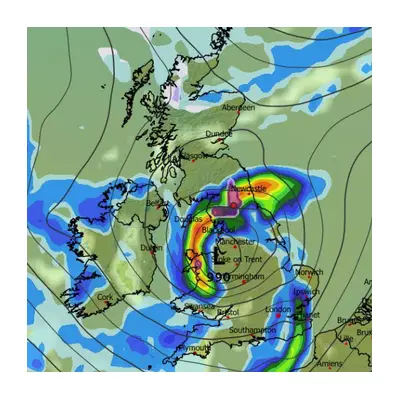
In the aftermath of catastrophic flooding that submerged large parts of Beijing, residents are left grappling with the immense cost of recovery—largely without the promised state support. The disaster, which struck with little warning, has exposed glaring gaps in urban infrastructure and emergency response systems.
A City Under Water
Torrential rains transformed streets into rivers, sweeping away vehicles and inundating homes. Many residents describe scenes of chaos as floodwaters rose rapidly, leaving little time to salvage belongings or seek safety.
Government Response Falls Short
Despite official pledges of aid, countless survivors report receiving minimal assistance—often just bottled water and instant noodles. "We were told help would come, but it never did," said one elderly resident now living in a makeshift shelter.
The Hidden Costs of Recovery
With insurance coverage rare and government compensation inadequate, families face:
- Mounting repair bills for destroyed homes
- Lost livelihoods as businesses remain underwater
- Long-term health risks from contaminated water
A Climate Warning Ignored?
Experts warn this disaster reflects broader climate vulnerabilities, with urban sprawl and inadequate drainage systems exacerbating flood risks. "This isn't just bad luck—it's poor planning," noted one environmental scientist.
As Beijing dries out, the real test begins: Will this catastrophe spur meaningful change, or will residents be left to face the next disaster alone?





